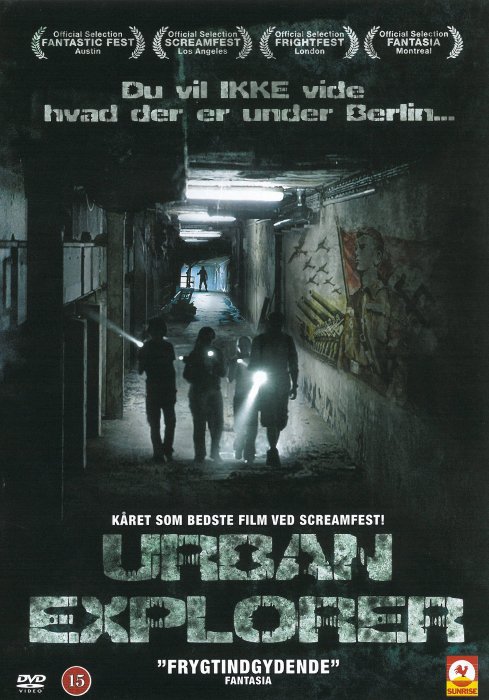

Sewers are among the most dangerous locations to explore owing to risk of poisoning by buildups of toxic gas (commonly methane and hydrogen sulfide). Sometimes they are the only connection to caves or other subterranean features. Draining has a specialized set of guidelines, the foremost of which is " When it rains, no drains!" The dangers of becoming entrapped, washed away, or killed increase dramatically during a heavy rainfall.Ī small subset of explorers enter sanitary sewers. Groups devoted to the task have arisen, such as the Cave Clan in Australia. Sydney, New South Wales Sewers and storm drainsĮntry into storm drains, or draining, is another common form of urban exploration. People entering restricted areas may be committing trespass and civil prosecution may result. The term "infiltration" is often associated with the exploration of active structures. Active buildingsĪnother aspect of urban exploration is the practice of exploring active or in use buildings which includes gaining access to secured or "member-only" areas, mechanical rooms, roofs, elevator rooms, abandoned floors and other normally unseen parts of working buildings. Abandoned sites are also popular among historians, preservationists, architects, archaeologists, industrial archaeologists, and ghost hunters. Others are more easily accessible and carry less risk of discovery. Abandoned locations can be, at times, heavily guarded with motion sensors and active security. Many explorers find decay of uninhabited space to be profoundly beautiful and some are also proficient freelance photographers. Haikyo are particularly common in Japan because of its rapid industrialization (e.g., Hashima Island), damage during World War II, the 1980s real estate bubble and the 2011 Tōhoku earthquake and tsunami. In Japan, ruins are known as haikyo ( 廃虚 ?), (literally, 'abandoned place') but the term is synonymous with the practice of urban exploration. Some explorers wear respirators to protect their airways and proper attire to protect their bodies.Īlthough targets of exploration vary from one country to another, high-profile abandonments include amusement parks, grain elevators, factories, power plants, missile silos, fallout shelters, hospitals, asylums, schools, poor houses, and sanatoriums. Explorers face various risks in abandoned structures including collapsing roofs and floors, broken glass, guard dogs, the presence of chemicals and other harmful substances, most notably asbestos, hostile squatters and motion detectors. At times, sites are entered first by locals, and may sport large amounts of graffiti and other acts of vandalism. Ventures into abandoned structures are perhaps the most common example of urban exploration.


 0 kommentar(er)
0 kommentar(er)
